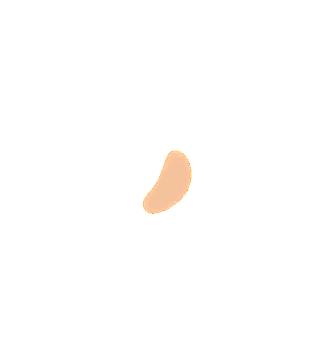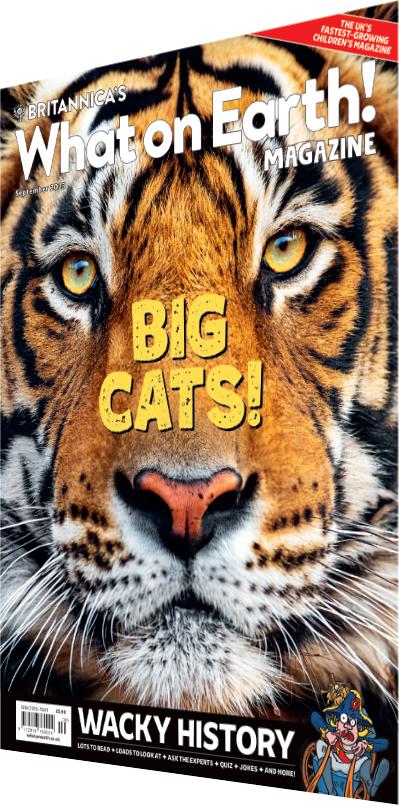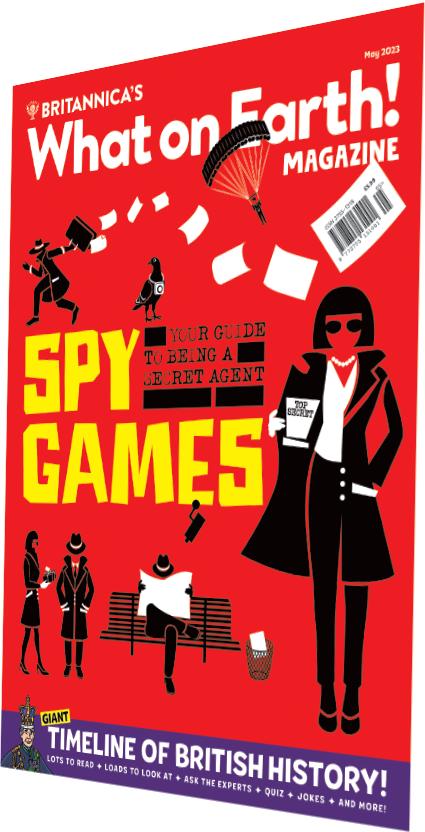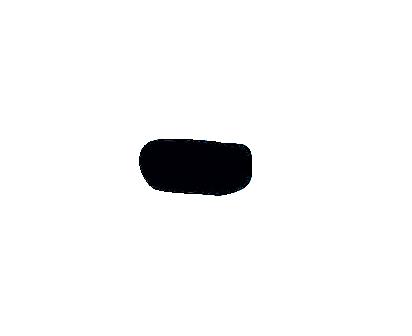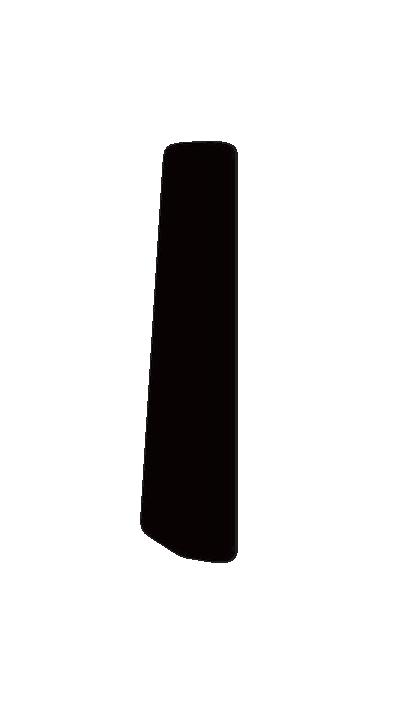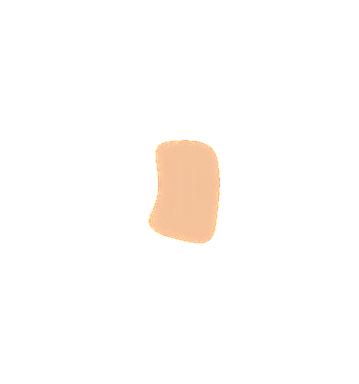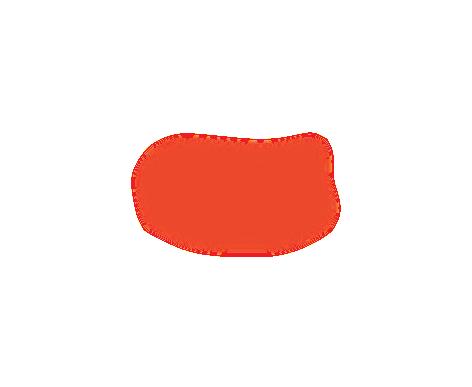


















































There’s so much to discover about our vast universe and this tiny blue dot we call home. So blast off now with these fascinating space facts to learn about the planets, rockets, life in outer space and more…

3 The Moon is moving away from Earth by about 3.8 centimetres every year. This is about the same speed at which fingernails grow!
4 Our galaxy, the

If you were driving a car at 100 kph, this is how long it would take to travel from Earth to various other space destinations.
10 Earth is the only planet in the solar system that isn’t named after a god or goddess from ancient Roman or Greek mythology.
in 8 minutes and 20 seconds. It takes sunlight 4 hours and 9 minutes to reach Neptune.
8 Astronauts can grow up to three per cent taller while in space. This is because Earth’s gravity is no
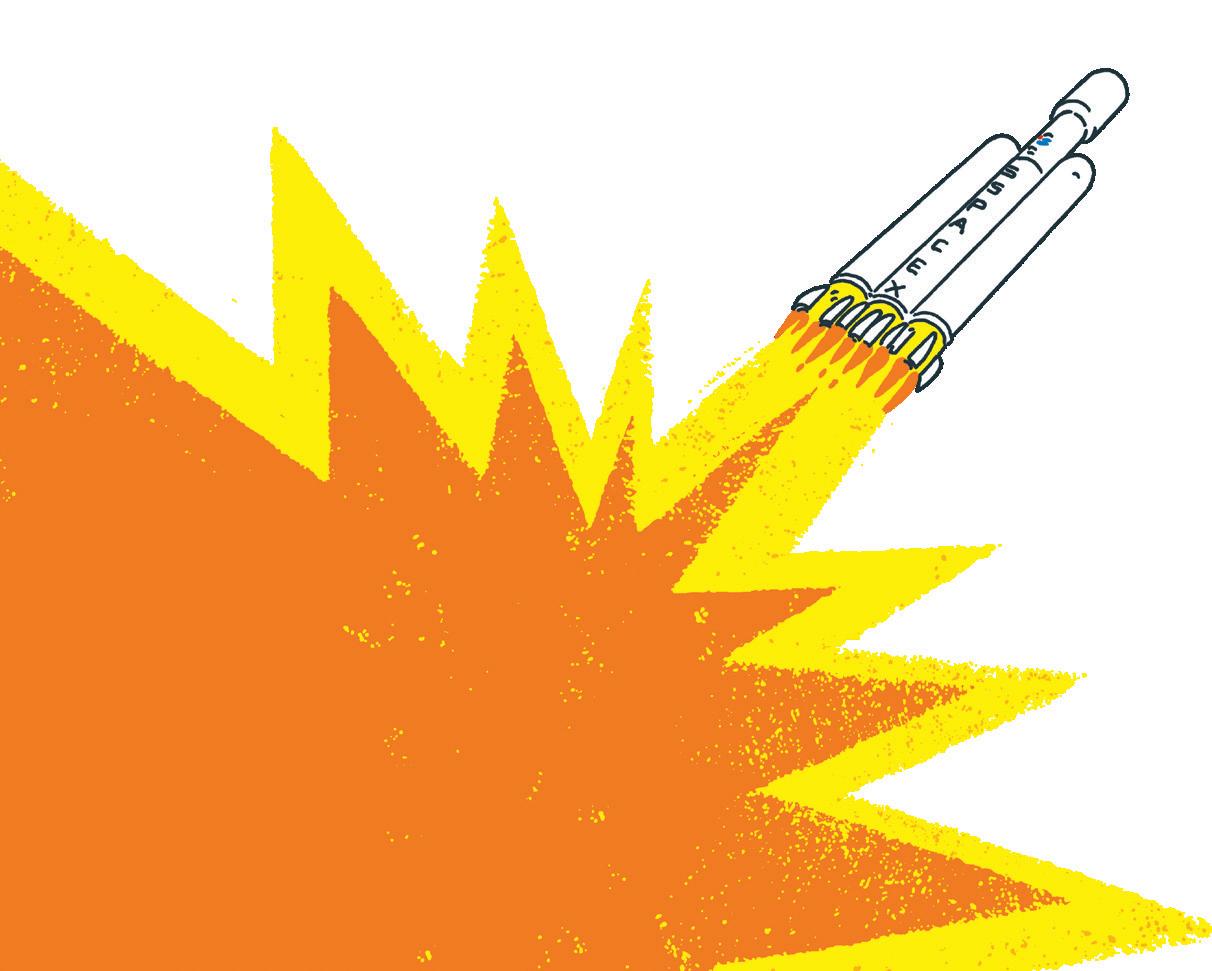
9
The Falcon Heavy space rocket has 27 engines, which generate the same amount of thrust as about 18 Boeing 747 aircraft.
11 As well as the Moon we all know, sometimes mini-moons circle the Earth for a few months or even years. These moonlets can be about the size of a car and eventually escape Earth’s gravitational pull to join asteroids orbiting the Sun.
12 The Sun is the closest thing to a perfect sphere that has been observed in nature.
13 Venus is the only planet in our system that rotates clockwise.
14 The first sweets eaten in outer space were M&Ms.
15 Neptune is the only major planet in our solar system that you need to use a telescope to see from Earth.
16 The space rock that hit Earth and brought about the extinction of the dinosaurs was an asteroid estimated to have been 14 kilometres wide and travelling 150 times faster than a jet aeroplane when it struck Earth. Around 75 per cent of all plant and animal species became extinct following the asteroid’s impact.
16

30
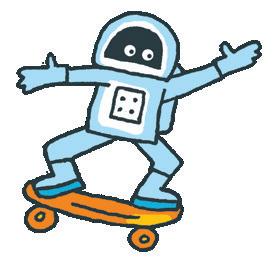
1 HOUR TO OUTER SPACE
17
At the centre of our galaxy, the Milky Way, is a supermassive black hole called Sagittarius A*. It has a mass equivalent to that of 4 million suns.
18 Jupiter’s Great Red Spot is a storm that’s twice the size of Earth and has been raging for hundreds of years.
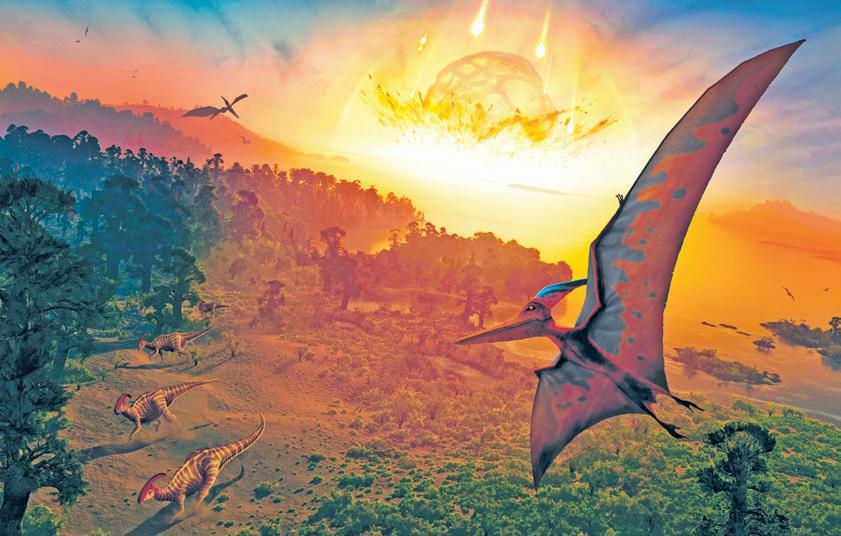

6 MONTHS TO THE MOON
19 Earth is hit by around 500 space rocks called meteorites every year. Most of them fall in uninhabited areas, such as the middle of the ocean. Occasionally meteorites fall near humans, although no one is known to have been killed by one.
20 There is a group of craters on Mercury that look like Mickey Mouse.
62 YEARS TO MARS
22 The light from Proxima Centauri – the next closest star to us after the Sun –takes just over four years to reach us on Earth.
175 YEARS TO THE SUN
23 A day on Venus (243 Earth days) lasts longer than its year.
720 YEARS TO JUPITER
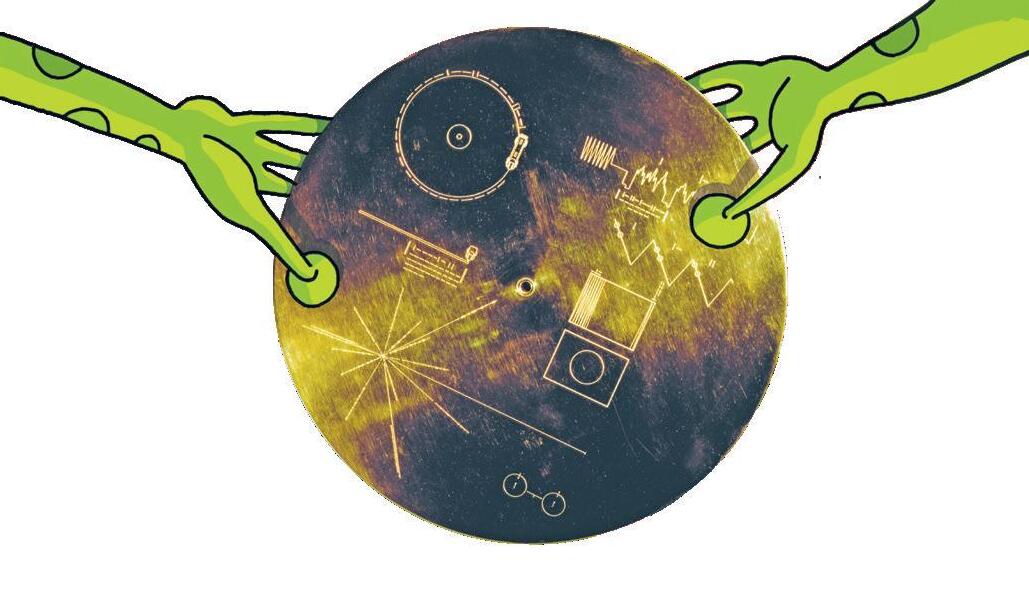
show extraterrestrial life how to get to Earth!
26 Neutron stars are amazingly dense. A single teaspoon of a neutron star would weigh 3.6 billion tonnes, which is roughly 700 times heavier than the Great Pyramid of Giza in Egypt. Neutron stars are also the fastest-spinning objects in the universe. They can rotate 700 times in one second.
simulating planes, one of which made passengers so nauseated they nicknamed it the ‘Vomit Comet’.
29 The American flags US astronauts placed on the Moon contained special extendable metal poles so that they could be seen when they were unfurled, even though there is no wind on the Moon to blow them.
21 Astronauts have left behind bags of poo on the Moon.
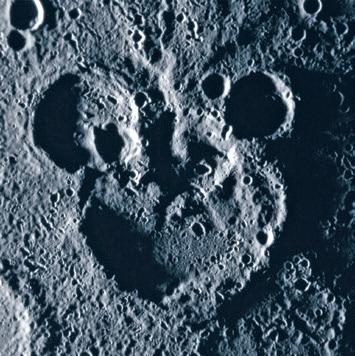
24 The very first radio message deliberately broadcast to communicate with aliens was sent by US astronomer Frank Drake on 16 November 1974. Drake sent 168 seconds of sound that included a map of where our solar system is located so that aliens could find it and perhaps stop by to chat!
45 MILLION YEARS TO PROXIMA CENTAURI, THE NEAREST STAR OUTSIDE THE SOLAR SYSTEM
17,000 YEARS TO THE EDGE OF THE SOLAR SYSTEM
6,850 YEARS TO PLUTO
1.12 TRILLION YEARS ACROSS THE MILKY WAY
27 In the 1970s, two scientists from Russia proposed that the Moon could be a giant shell-like spacecraft that was hollow inside and controlled by aliens. Physicists, however,
calculated that the strength of the Moon’s gravitational pull means that it must be solid in the middle. So far we have also found no evidence of aliens on the Moon!
30 Scientists working with NASA are developing four-legged robots that are designed to explore hard-to-reach caves and other difficult to navigate terrain on Mars, including potential shelters for humans. These helpful robots have been nicknamed ‘Mars Dogs’.

The heaviest land animal on Earth today is the elephant, and the tallest is the giraffe. But in prehistoric times even larger animals roamed the planet and soared in the sky. In this extract from Britannica’s awesome new Encyclopedia Infographica, you can see how the giants of the animal kingdom – both those alive today and those long extinct – measure up.
the elephant, and the tallest is the giraffe. But in prehistoric times even larger animals roamed the planet, soared in the sky and swam in the ocean.

Golden eagle
Meganeura
Early dragonfly
Kangaroo
Ostrich 157 kg
White stork
White pelican Andean condor Wandering albatross
Gigantopithecus
Prehistoric
Prehistoric ape 300 kg
White rhinoceros 3,600 kg
Mammuthus columbi Columbian 10,000 kg

Tickle your ribs and tease your brain with our favourite gags and riddles, hand-picked by our jokes editor, May!


Argentavis
Prehistoric bird, and the largest flying bird ever discovered
Pelagornis Prehistoric bird
Pelagornis Prehistoric bird
Giraffe 1,930 kg
Hippopotamus 3,200 kg
72kg
African elephant 6,048 kg
What did the wear to go to
ghost beach?
Paraceratherium
Paraceratherium
Hornless relative of the rhinoceros
Hornless relative of the rhinoceros
20,000 kg
20,000 kg


250kg
Hatzegopteryx Pterosaur
12m
Quetzalcoatlus Pterosaur
10m
150kg
Triceratops
Ceratopsid dinosaur 7,100 kg
Tyrannosaurusrex
Theropod dinosaur 8,800 kg
The pink lines show the length, height or wingspan of the animal.
SCALE 1 m WEIGHT kilograms, kg
The pink circles show the weight of the animal.
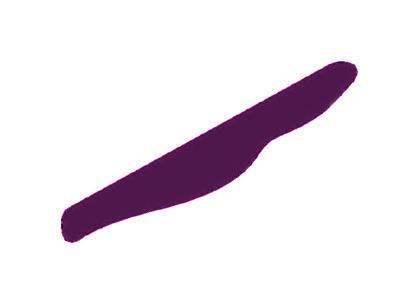
100 1,000 10,000

Brachiosaurus Sauropod dinosaur 28,700 kg
25m the in
Animals that are alive today are coloured in greens, whites and blues. Animals that are extinct are in purples and browns, and highlighted with this symbol
Living species
Extinct species
Dreadnoughtus
Sauropod dinosaur 59,300 kg
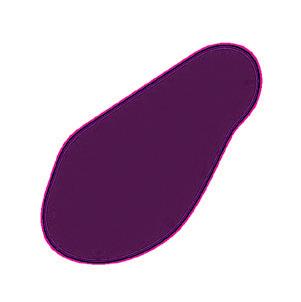
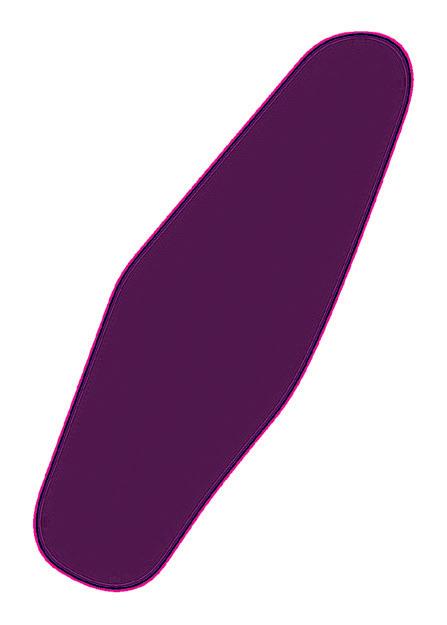

26m
Argentinosaurus
Sauropod dinosaur
Green anaconda 227 kg
Question: Whatnumberdoyou getifyoumultiplyall the numbers on a telephonekeypad?
Answer: Zero!
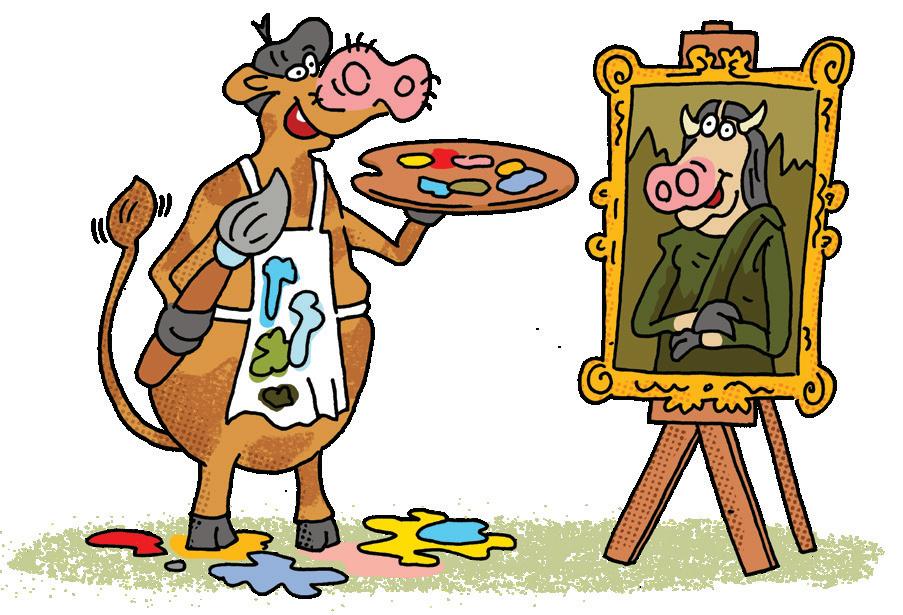

Test your family’s brainpower by playing our mind-boggling quiz. The answers can be found at the bottom of this page. Good luck!
ANIMALS
1 Which of these big cats cannot roar?
a. Tiger
b. Lion
c. Cheetah
d. Leopard
2 Relative to its size, what is the world’s strongest animal?
a. Gorilla
b. Elephant
c. Leafcutter ant
d. Dung beetle
3 How many brains do jellyfish have?
a. None
b. One
c. Three
d. Eight
15 Can you recognise these five countries by their silhouettes?
d. Hexagonal
7 Which planet in our solar system rotates on its side?
a. Saturn
b. Venus
c. Uranus
d. Neptune

4 Hummingbirds (pictured at top) are the only birds that can do which of these things?
a. Blink
b. Fly backwards
c. Lay eggs
d. Quack
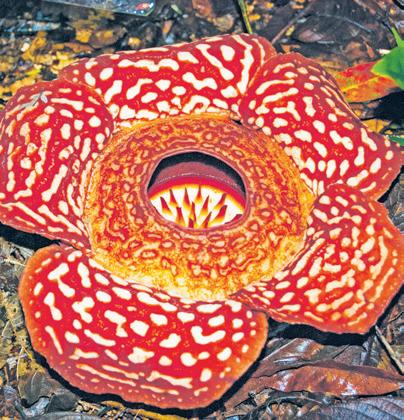

8 The flower with the largest bloom is called Rafflesia arnoldii (below left). What does it smell of?
a. Rotten eggs
b. Rotten flesh
c. Chocolate
d. Candyfloss
9 What is found at the centre of our galaxy, the Milky Way?
a. A star
b. A planet
c. A black hole
d. Empty space
GEOGRAPHY
10
In which country is Mount Vesuvius (left)?
a. Spain
b. Greece
c. Italy
d. France
11 Which of these appears on the national flag of Wales?
a. A bear
b. A dragon
c. A lion
d. An eagle
HUMAN WORLD
12 How many panels are there on a standard football?
a. 24
b. 30
c. 32
d. 36
13
At around what age do human babies see in full colour?
a. 1 month
b. 3 months
c. 5 months
d. 9 months
14 In which country was the popular toy LEGO (top) invented?
a. Spain
b. Nigeria
c. Sweden
d. Denmark
Stumped? You can find the answers to all the puzzles at www.whatonearth.co.uk/puzzles
Use the word wheel to find the answers to the clues below. All the answers contain the middle letter and each letter can only be used once.
L A B L N A E R I
Can you spot all 2O differences between these two underground illustrations?
Clue: a female ballet dancer (9 letters).
Answer:
Clue: a form of written language for blind people (7 letters).
Answer:
Clue: Germany’s capital city (6 letters).
Answer:
Clue: a being from another world (5 letters).
Answer:
Clue: a major organ of the body (5 letters).
Answer:
Clue: the pointed end of an ink pen (3 letters).
Answer:
Draw a line to connect each pair of planets. You can’t use diagonal lines and the lines can’t cross or touch each other. You must fill the whole grid with lines. Only one line is allowed in each square.
The six-sided shape on the left can be folded up to form a cube. Only two of the cubes below can be made by it. Which are they?
A B C D

Save over 15%
From just £29.99 £24.99
